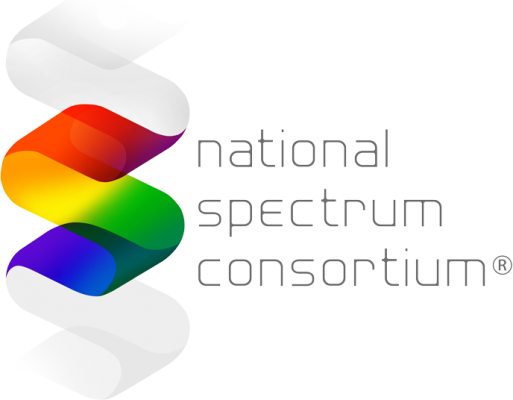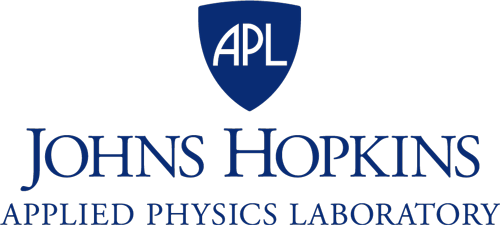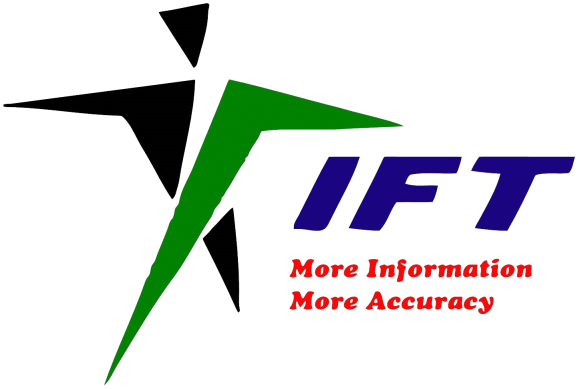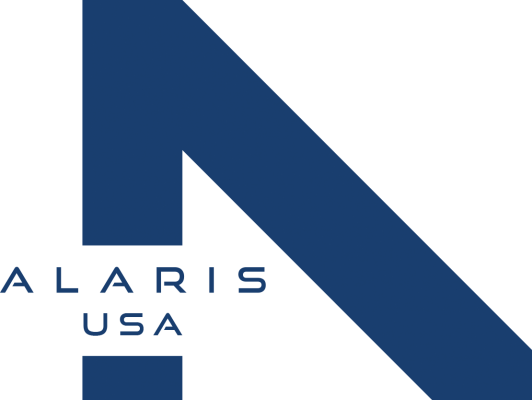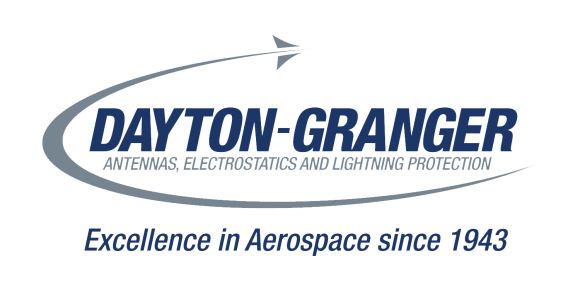MILCOM2022 Restricted Access Technical Program features technical papers, panels, and a workshop, up to Control Unclassified Information (CUI), on current and emerging topics. The restricted access technical program will be held at the conference hotel and limited to CUI for US-persons only registered US citizen attendees only. Program below:
|
November 29, 2022 |
|
|
Restricted Session #1 |
Restricted Session #2 |
|
Panel – Directional Mesh Networking |
Open |
|
Panel Abstract: Ad-hoc, directional mesh networking has long been an area of research due to the LPI/LPD/AJ nature of directional systems, as well as the increased range offered by these systems. Recent advances in electronically scanned array (ESA) technology have made realization of these systems possible. This panel will discuss the emerging directional networks and how they are addressing the trades between scalability, throughput, network connectivity, SWAP-C, as well as addressing uniquely directional problems such as neighbor discovery, tracking, and beam management. Moderator: |
|
|
Restricted Session 1 - 5G Technology |
Restricted Session 2 – Workshop - Adversarial Machine Learning – Part 1 |
|
Leveraging Commercial 5G for Tactical Communications: An Architecture Study |
Organizers: |
|
Counter-Direction-Finding Communications: Design and Analysis using 5G NR Channel Models |
|
|
Effectiveness of 5G Cellular Interference Mitigation Techniques for Airborne Radar Spectrum Coexistence in the 3.1 – 3.45 GHz Band |
|
|
RF-Based Antenna Combining for WCDMA Systems with Channel Blockages |
|
|
Restricted Session 1 – Networking I |
Restricted Session 2 – Workshop - Adversarial Maching Learning – Part 2 |
|
Common Tactical Edge Network Experimental Interoperability with Legacy and Emerging Communication Systems |
Organizers: Panel on Adversarial Machine Learning |
|
EMANE as a Framework for Evaluating Wireless Network Performance in Congested Spectrum |
|
|
RF-based Network Inference: Learning from Channel Usage and Activity Dynamics Data |
|
|
P4-Enabled Link Characteristic Estimation in Tactical Networks |
|
|
November 30, 2022 |
|
|
Restricted Session #1 |
Restricted Session #2 |
|
Restricted Session 1 – Waveform / Signal Processing |
Open |
|
Semiblind Channel Estimation using Generalized Least Squares for a Multicarrier Modulation |
|
|
Blind Interference Excision with Frequency Hopping Waveforms |
|
|
Covert Communications over Wireless Channels with Deep Learning based Adversarial Perturbations |
|
|
Quantifying Non-stationary Noise for Detection |
|
|
Restricted Session 1 – Networking II |
Restricted Session 2 –Cyber Security I |
|
Satellite Communications Antenna Pointing for Positioning |
Cyber Attack Detection and Explainability on Unlabeled NetFlow Data using Natural Language Processing Techniques |
|
Space Augmented Directional Tactical Network |
Vulnerability Analysis for Deep Learning Systems in Network Security |
|
Coordinated Multi-Agent Q-Learning for Resilient SATCOM Against Smart Jammers |
Scalable Common Artificial Intelligence, Machine Learning, and Deep Learning Infrastructure Architecture including Cybersecurity |
|
Airborne ISR Platform Data Transport: Current Challenges and Future Opportunities |
Evolution and Augmentation of Protective DNS |
|
Restricted Session 1 – Systems Perspectives |
Restricted Session 2 – Cyber Security II |
|
Accelerating Computing Architectures for Gigabit Protected Communications and Multi-function Apertures |
Open The Fractionated CDS |
|
Open Architecture System Acquisition Case Study in the Open Architecture Technology Laboratory |
Self-supervised transformer models for real-time anomaly detection in raw packet headers |
|
Building Adaptive Cross-Domain Kill-Webs |
Versatile Security for The Joint Communication Architecture for Unmanned Systems (JCAUS) |
|
Open |
|
Moderator:
Tim Hancock, Raytheon Technologies
Bio: Dr. Hancock is a Principal Engineering Fellow with Raytheon Missiles & Defense focusing on the transition of RF microelectronics for phased-array applications. Prior to joining Raytheon Technologies, he was a program manager with the Defense Advanced Research Projects Agency (DARPA) focusing on improving the dynamic range of RF hardware in the face of increasing bandwidth requirements. In this role he started programs in the area of millimeter wave phased arrays, wideband tunable filters, signal cancellers and transceivers for electronic warfare applications as well as millimeter wave GaN process maturation and next generation digital processor technology for RF array applications.
Panelists:
Adam Margetts, MIT Lincoln Laboratory
Bio: Dr. Adam Margetts has been working in the area of wireless communications at MIT Lincoln Laboratory for 15+ years with a recent focus on researching solutions to directional RF networking. Adam manages a portfolio of open radio architecture, multiple-beam tactical networking, and aperture development. Previously, Adam has contributed innovative solutions in the areas of distributed coherent transmit beamforming, signal detection and tracking, space-time adaptive processing for interference suppression, and non-binary space-time LDPC codes.
Sasha Oster, Collins
Bio: Sasha Oster is Technical Fellow and Director of Directional Communication at Collins Aerospace. She leads research in Directional Communication, combining millimeter-wave antenna technology with waveform, networking, and position, navigation, and timing (PNT) capabilities. Her team focuses on enabling low size, weight, power, and cost (SWAP-C) cost communication solutions. She holds a Ph.D. in Electrical Engineering in Applied Electromagnetics with expertise is in millimeter-wave, RF, and photonic systems and holds 79 patents.
Jason Wilden, Cubic
Bio: Jason Wilden is an Engineering Fellow with Cubic where he leads a portfolio of advanced technology programs at the intersection of cyber and software defined: radios, apertures, and networking. He holds several patents in the areas of waveforms, signal processing, and wireless networking. His research interests include wireless communications, geolocation, mesh networking, and spatial processing.
Nathan Bushyager, Northrop Grumman
Bio: Nathan Bushyager has 21 years of experience in microwave and millimeter-wave engineering and has been with Northrop Grumman since 2005. Over the course of his career with Northrop Grumman Dr. Bushyager has developed multiple phased array architectures from concept to implementation for applications including radar, electronic warfare, satcom and line of sight communications. He has worked on systems from VHF to 400GHz and is currently the product line engineering lead for high frequency RF systems. He has significant experience in phased array systems, communications systems, RF/digital mixed signals, RFIC design, computational electromagnetics, high performance computing, and microwave characterization and test. He holds an M.S. and Ph.D. in Electrical and Computer Engineering from Georgia Tech and a B.S in Engineering Science from Penn State.
Matt Sherman, BAE
Bio: Dr. Sherman is a researcher and developer with wide ranging competency in radio systems, communications protocols, signal processing, project leadership, standardization and patent portfolio management. He is currently focused on directional and LPE waveform development within open architecture frameworks. He has over 30 years of experience in R&D of communications systems and holds BE, ME and Ph.D. from Stevens Institute of Technology in Hoboken, NJ. He has numerous publications and patents, holds a Project Management Professional certification (PMP) and is a Patent Agent.
Eric Hall, L3Harris Technologies
Bio: Dr. Hall is a Senior Fellow responsible for leading strategic/NC3 and protected communication (line-of-sight and beyond line-of-sight) technology and product development. He has experience with advanced waveform design/development, satellite architecture/standard and NC3 system design. He has over 22 years of experience in R&D of communications systems and holds BSEE from Duke University and MSEE/Ph.D. EE from the University of Virginia.




